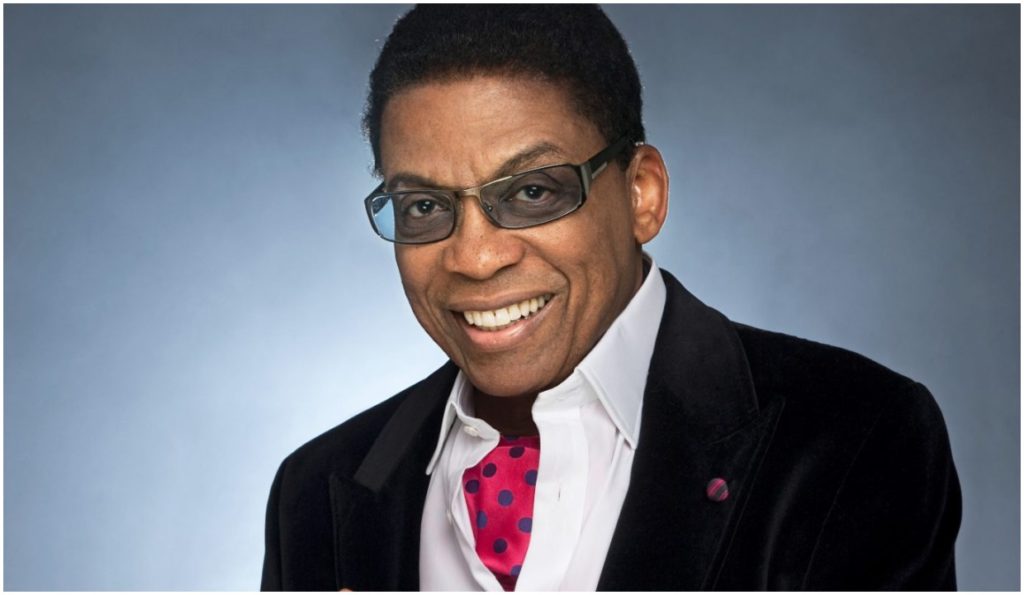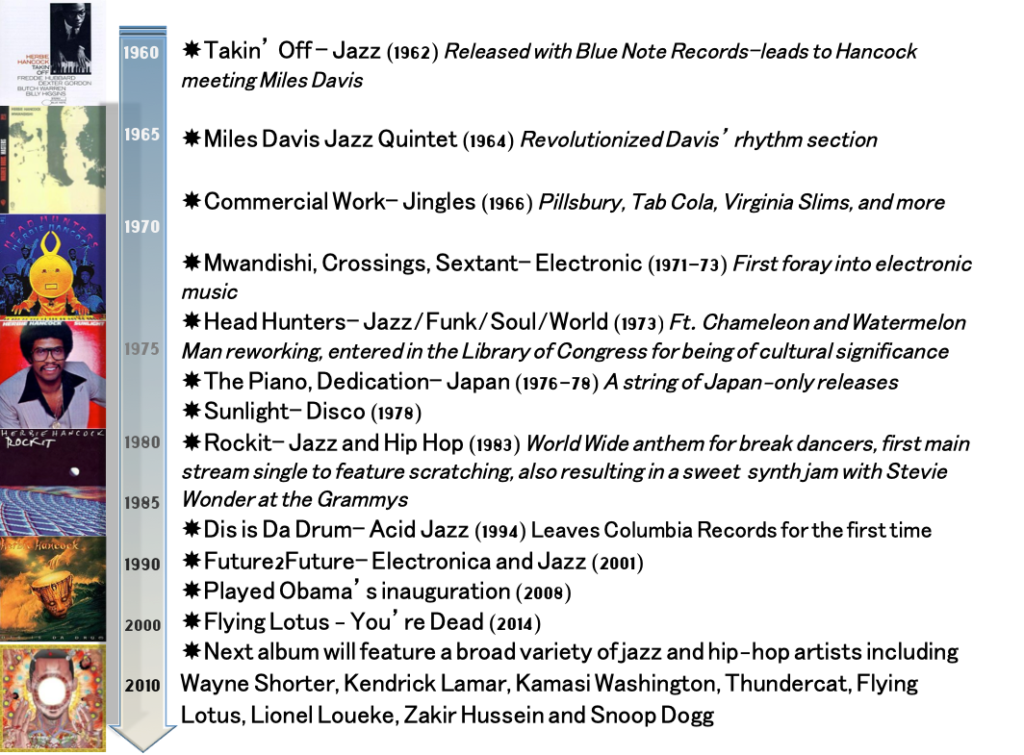National Watermelon Day

Herbie Retrospective
On May 28th, 1962, the day Herbie Hancock released his debut album, featuring the track ‘Watermelon Man’–the music world, and watermelons, were changed forever. Considered a hard bop jazz standard, it has been covered over two hundred times, sampled by LL Cool J, and even remixed by Herbie himself (we’ll get to that later).
Since today is National Watermelon Day, we thought it’d be appropriate to explore the evolution of this song, and the impact of Herbie’s eclectic trajectory through nearly every influential genre of the 20th century.
The story of this song’s genesis is as classic as you can get. Herbie recalls “the cry of the watermelon man making the rounds through the back streets and alleys of Chicago. The wheels of his wagon beat out the rhythm on the cobblestones.” Of course, the secret of its wide appeal is it’s unique blend of influences. Featuring a blues piano riff, bebop, gospel chord sensibility, a lithe trumpet section, and the undeniable groove of Latin boogaloo. After filling in for Chick Corea in famed Afro-Cuban Latin jazz percussionist Mongo Santamaría’s band, Hancock was urged by a friend to play this new song for an inspired Santamaría, who joined in on congas, followed by his band, while a small audience slowly formed to dance, laugh, and enjoy the birth of what is considered a massive turning point in the world of musical fusion. As you listen, pay close attention to the way the wailing of the Watermelon Man, (the trumpet), sails over the rumbling groove of his cart. The busy, shuffling percussion contains an undeniable strain of that Chicago blues energy. Of course, a song this ground-breaking wasn’t finished just then and there.
In 1973, Hancock returned to this very song with a radical reworking. Utilizing influences from Central Africa, synthesizers, James Brown, and Sly Stone, this new version of Watermelon Man surpassed its predecessor in ingenuity. When describing this song, and the general inspiration for the composition on the album, Head Hunters, in a 1979 issue of Down Beat magazine, he said, “In the popular forms of funk, which I’ve been trying to get into, the attention is on the rhythmic interplay between different instruments.” This is most notable on the layering of each instrument. A technique James Brown famously employed, (other than emphasizing the ‘one’) Hancock thought of each instrument like a drum, even if they weren’t percussion. In the same way, African drummers all play different parts in their traditional music, each sound has a specific place in the rhythmic tapestry. Listen to the interplay between guitar, bass, drums, and even the blowing into a beer bottle featured in the intro (meant to imitate a hindewhu).
While this one song and its many iterations serve as a great example for Herbie Hancock’s evolution through the decades, we’ve barely scratched the surface. For convenience sake, here is a timeline providing an overview of some notable periods in his career, and the genre of music he inevitably pioneered a new sound within for each. With 14 Grammys and 34 nominations, his influence and variety are hard to deny. It’s almost like he was a real Chameleon! (har har)

